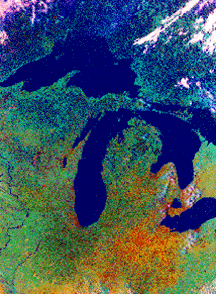This is a satellite image of the Great Lakes in North America.
Click on image for full size
Image Courtesy Environmental Research Institute of Michigan, Ann Arbor For additional information see www.erim.org © ERIM
Lakes
A lake is a body of water completely surrounded by land. Lakes can either by salty or fresh water. Most lakes are in places where glaciers used to exist. When a glacier moves forward, it carves away a deep valley and when the ice melt
s it forms a lake in the valley. Other lakes are formed in craters or when a river changes its course.
Lakes are short-lived surface features because the water can sink into the ground or evaporate into the sky. In order for a lake to remain, it must be constantly fe
d by a river or rainfall.
This is a satellite image of the five Great Lakes in North America. It is the largest group of freshwater lakes in the world. The largest and deepest one is Lake Superior located at the top left. Lake Baikal in Siberia, Russia is the deepest lake in th
e world.
You might also be interested in:
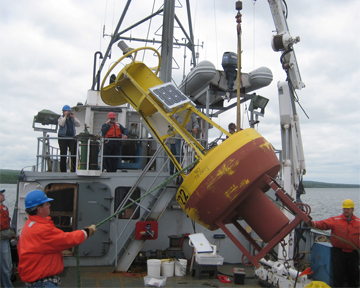
The Earth's climate is warming. That means that air temperature is rising, oceans are warming and large lakes are warming too. A NASA study from November 2010, looked at the surface temperature trends
...more
One process which transfers water from the ground back to the atmosphere is evaporation. Evaporation is when water passes from a liquid phase to a gas phase. Rates of evaporation of water depend on things
...more
Rivers are very important to Earth because they are major forces that shape the landscape. Also, they provide transportation and water for drinking, washing and farming. Rivers can flow on land or underground
...more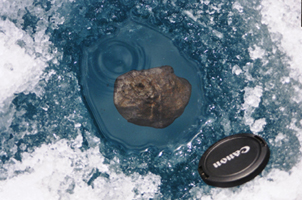
On January 18, 2000, a bright fireball streaked through the skies of northern Canada as a meteorite entered the atmosphere and fell to Earth. The meteorite eventually came to rest on the surface of a frozen
...more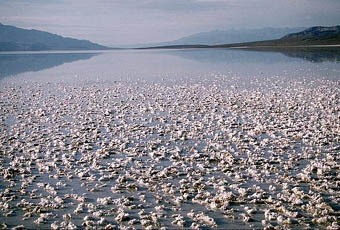
Unlike most other sedimentary rocks, chemical rocks are not made of pieces of sediment. Instead, they have mineral crystals made from elements that are dissolved in water. The water in the oceans, lakes,
...more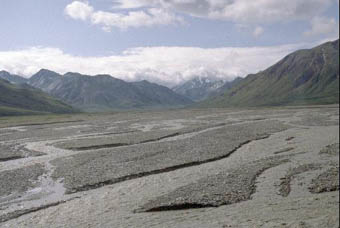
If you sneeze into a pile of dust, the little particles fly everywhere. But if you sneeze into a pile of rocks, they will stay put. It takes more force than a sneeze to move those rocks. Winds and water
...more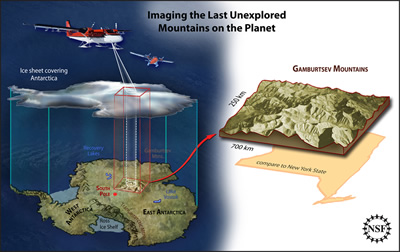
A team of international scientists has completed an aerial survey of part of the East Antarctic Ice Sheet. The survey was done by the Antarctica Gamburstev Province (AGAP) project with the goal of learning
...more


